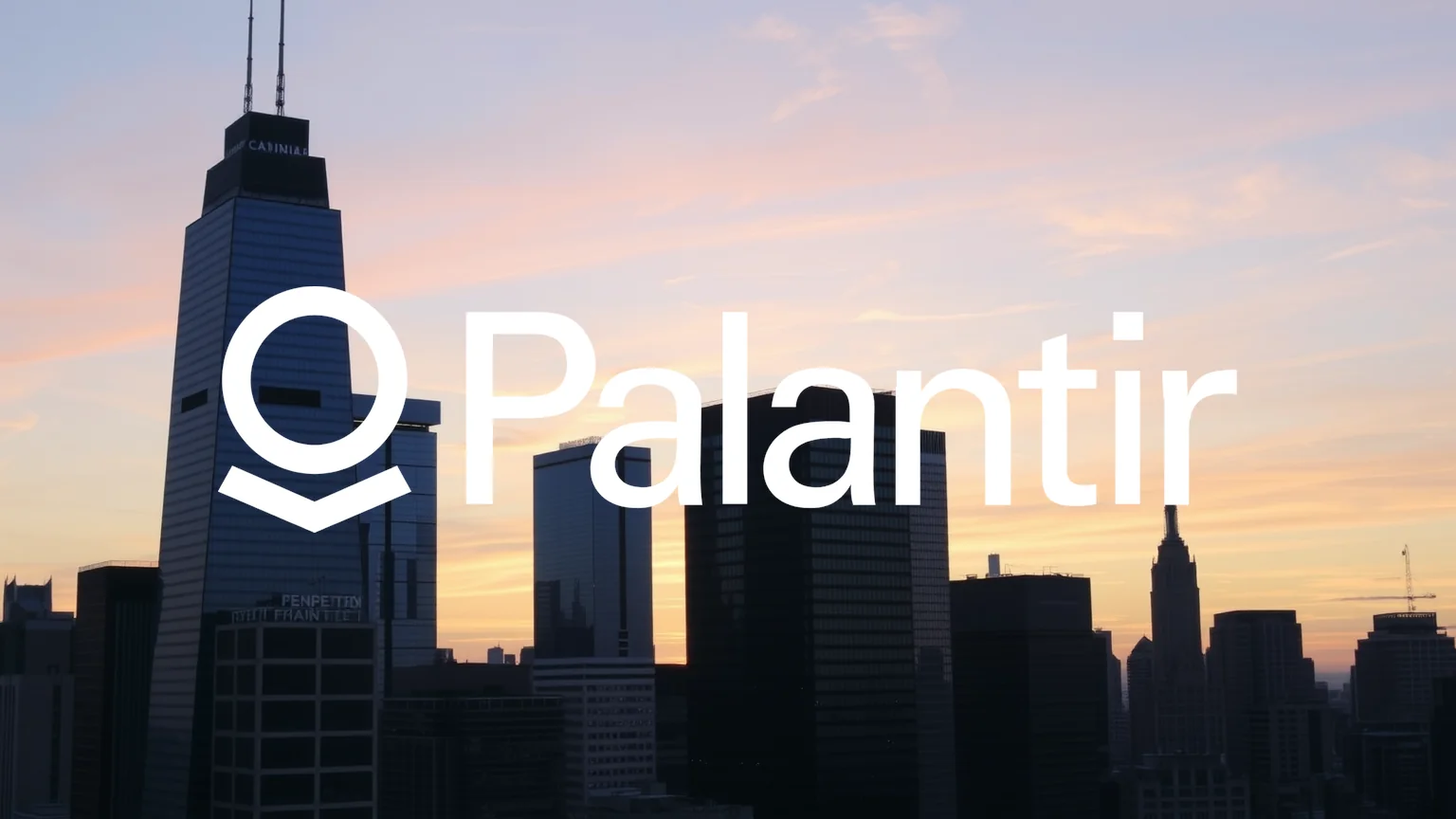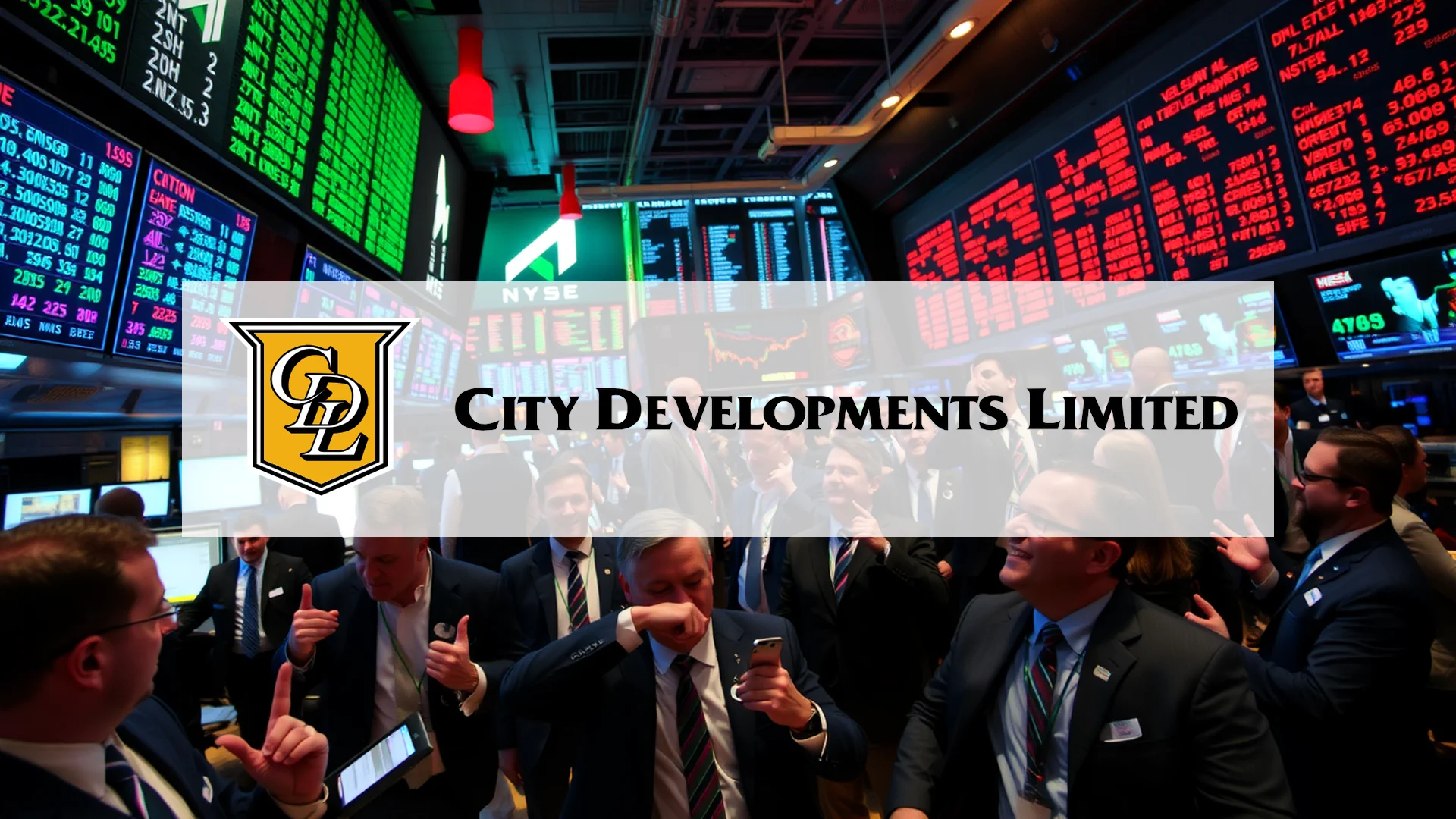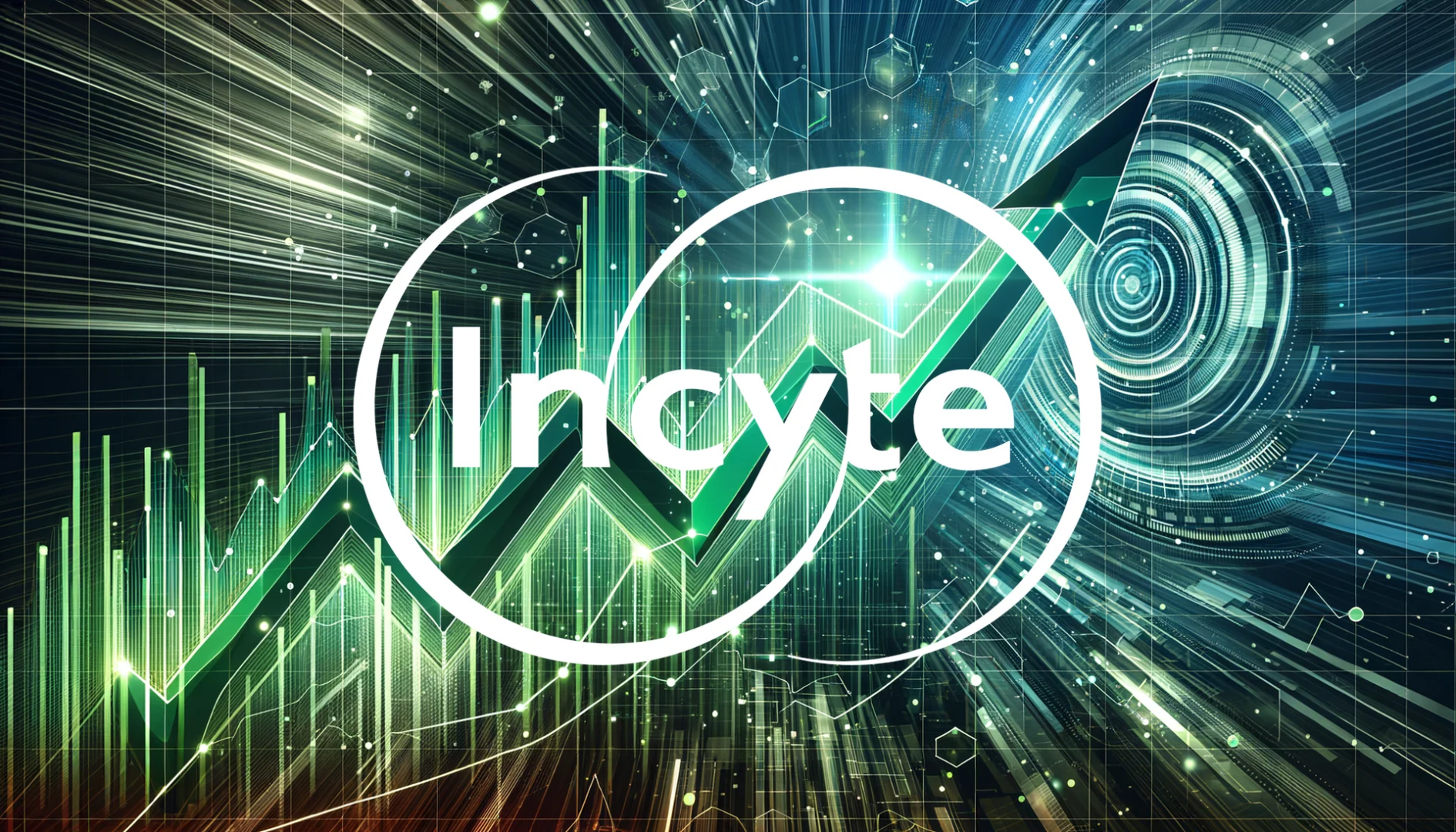The past week has sharply delineated the contrasting trajectories of two closely watched competitors in the fast-moving artificial intelligence sector: Palantir (PLTR) and C3.ai (AI). Investors monitoring the news flow are witnessing two dramatically different narratives unfold. While C3.ai navigates a full-blown operational crisis, Palantir contends with a significant valuation reset following a period of exceptional performance.
Market Reaction and Recent Performance
The market’s response to recent developments has been swift and severe, particularly for C3.ai. The company’s stock plummeted, shedding over 42% of its value in the past month following a pre-announcement of disastrous quarterly results. C3.ai now anticipates revenue of approximately $70.2 to $70.4 million—a staggering miss compared to previous guidance and representing a year-over-year decline of nearly 20%. CEO Thomas Siebel described the performance as “completely unacceptable,” citing disruptions from a sales reorganization and his own health issues as primary factors. This news, combined with the ongoing search for Siebel’s successor, has triggered substantial uncertainty.
Palantir shares tell a markedly different story, despite also experiencing a decline. The stock fell approximately 20% last week, erasing gains that followed its blockbuster quarterly report in early August. This pullback, however, isn’t rooted in weak operational performance. On the contrary, Palantir reported massive 48% year-over-year revenue growth and surpassed the $1 billion quarterly revenue milestone for the first time. The retreat appears almost exclusively attributable to its premium valuation, with many analysts concluding that the stock’s meteoric 2025 rise had simply gone too far.
| Performance Comparison | Palantir (PLTR) | C3.ai (AI) |
|---|---|---|
| 1-Week Performance | Approx. -20% | Approx. -24% (since pre-announcement) |
| 1-Month Performance | Volatile/Downward | Approx. -42.2% |
| YTD Performance (2025) | Significantly Positive | Significantly Negative |
Fundamental Strengths and Weaknesses
Although both companies aim to harness data power for large organizations, their fundamental foundations differ substantially. Palantir has built its reputation on two core platforms: Gotham for government and defense clients, and Foundry for the commercial sector. Its strength lies in creating deeply embedded, customized solutions for incredibly complex data environments. This high-touch model has cemented its status as a critical partner for the U.S. government and its allies, recently underscored by a potential 10-year, $10 billion enterprise contract with the U.S. Army.
Palantir’s recently achieved sustainable GAAP profitability and strong cash flow represent fundamental strengths that C3.ai currently lacks. Palantir’s primary vulnerability remains its extreme valuation.
C3.ai operates with a different approach, offering a suite of pre-built, configurable AI applications for industries including energy, manufacturing, and financial services. Its theoretical strength lies in faster implementation and a more scalable, product-centric model. However, fundamental weaknesses have been brutally exposed. The company remains deeply unprofitable with expanding operating losses. The shocking revenue decline suggests significant sales execution problems that the company now hopes to address with a restructured sales team.
Competitive Positioning Analysis
Palantir’s competitive advantage stems from high switching costs and the specialized nature of its platforms. Once an organization like the U.S. Army integrates its data infrastructure with Gotham, separation becomes a monumental task. Rapid growth in its U.S. commercial business, where revenue jumped 93% year-over-year last quarter, demonstrates its ability to translate government-proven expertise to the corporate world. This entrenched position within government and a growing roster of blue-chip companies provides durable market positioning.
C3.ai’s competitive position appears more precarious currently. While it aims to compete with a broader, more accessible application portfolio, recent performance raises questions about product stickiness and sales model effectiveness. The company relies heavily on partnerships with cloud providers like Microsoft and Google. However, the recent sales collapse indicates difficulty converting its addressable market into consistent revenue.
Wall Street Sentiment
The Wall Street consensus for Palantir remains a firm “Hold.” This rating reflects a deep division: analysts acknowledge exceptional growth and technological leadership while remaining cautious about premium valuation. Price targets are widely dispersed, showing little agreement on whether the stock has further upside or deserves a more significant correction.
Sentiment has turned decidedly more bearish for C3.ai, with a consensus rating leaning toward “Reduce” or “Hold.” The catastrophic pre-earnings report triggered a wave of downgrades and price target reductions. Analysts express deep concern about the sudden revenue decline, expanding losses, and leadership instability. The average price target, however, often implies significant potential upside from current depressed levels—suggesting the stock could rebound sharply if a successful turnaround materializes.
Technical Chart Perspectives
From a technical analysis perspective, Palantir’s stock has recently broken its strong short-term upward trend. After reaching an all-time high, the price fell sharply, with the Relative Strength Index (RSI) slipping into bearish territory and indicating accelerating selling momentum. Key support levels now cluster around the $148-153 zone, aligning with previous support areas and the 50-day moving average. Failure to hold this level could signal further declines.
C3.ai’s chart reveals a stock in a confirmed and severe downward trend. Shares have broken through previous support levels and are trading at multi-year lows. The RSI sits in deeply oversold territory, which can sometimes signal a short-term bounce, but the overall momentum remains strongly negative with little technical support immediately evident.
Investment Thesis Assessment
The choice between Palantir and C3.ai represents a decision between two completely different risk-reward profiles.
Palantir embodies the “premium growth” investment case. The thesis rests on belief in technological dominance, an insurmountable moat in the government sector, and proven ability to rapidly expand in commercial markets. The risk lies not in business execution but in valuation. An investment today represents a wager that the company can maintain its exceptional growth for years to come.
C3.ai has become a high-risk “turnaround” story with deep-value characteristics. The recent collapse has priced in significant bad news. An investment here constitutes a bet that the worst is over, new sales leadership can steer a recovery, and the underlying technology will eventually find a sustainable path to profitability. The risk is substantial—the company faces serious operational and leadership challenges with no guarantee of success.
Ultimately, the decision depends on risk tolerance: Palantir’s valuation risk versus C3.ai’s fundamental execution risk. Both stocks stand at critical inflection points, though only one is likely to emerge victorious from this AI battle.
Ad
Palantir Stock: Buy or Sell?! New Palantir Analysis from November 24 delivers the answer:
The latest Palantir figures speak for themselves: Urgent action needed for Palantir investors. Is it worth buying or should you sell? Find out what to do now in the current free analysis from November 24.
Palantir: Buy or sell? Read more here...













